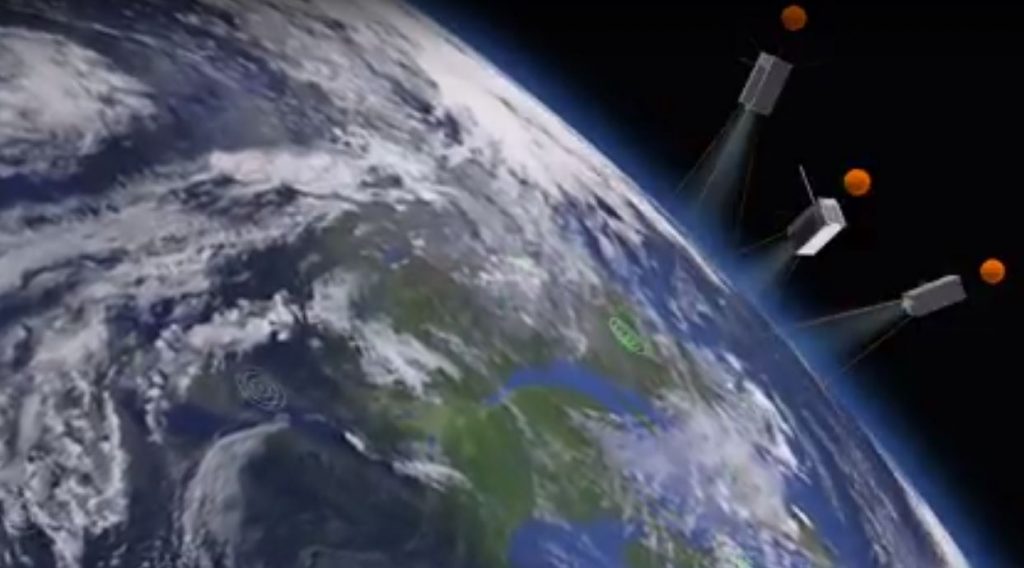Many thanks to SWLing Post contributor, Balázs Kovács, who shares the following:
Hi Thomas,
Just found: the launch of the SpaceX’s Falcon 9 rocket was delayed today, part of the load is a new radio-wave emission seeker satellite system the Pathfinder from HawkEye 360:
https://www.businessinsider.com/spacex-to-launch-70-satellites-radio-tracking-2018-11Some parts from the article:
“An unprecedented rocket mission for SpaceX, called SSO-A, will launch 71 small satellites at once on Monday. Three of the satellites belong to HawkEye 360, a startup that aims to “see” radio-wave emissions all over Earth. HawkEye 360’s software will identify each unique radio signal and use it to track “dark ships” that may be trying to hide illegal activities.”
[..] The antennas of Pathfinder can detect a wide range of radio signals above about 1 watt in power. [..] This means the cluster can triangulate normally hard-to-pinpoint signals from satellite phones, push-to-talk radios, and marine radar. [..] In the future, they aim to launch five more three-satellite clusters, which will create a constellation that can map Earth’s radio signals once every 30 to 40 minutes. [..] Another planned use of Pathfinder is more down-to-earth: The technology could detect improper use of the radio-frequency spectrum, including interference between cell-phone towers.”
Thank you for the tip, Balázs!
I also discovered the following short video which introduces and describes the system:
Click here to view on YouTube.
Sounds like an amazing system although it certainly does feel a little “big brother”–!


The Falcon 9 also launched amateur radio’s first geostatiinary satellite. It’s a !ing time coming, though I remember talk in the eighties or even seventies. There was a fundraising campaign and a satellite built, and then it stalled. Launch was the issue, I assume less opportunity for a !aunch suitable for this. I vaguely remember a launch (I can’t remember if it was an early commercial launch, or from a country like France) that failed, and that did affect the program.
It’s a step up, since geostationary satellites cover the same area of earth. So instead of short passes each day at varying times, the satellite is always useable, at least by those who see it. Sadly, it’s not in North American sky.
Michael
As my mentors taught me decades ago: Never say anything on a radio that you wouldn’t want the whole world to hear. If this satellite seems creepy to you, imagine the alternative.